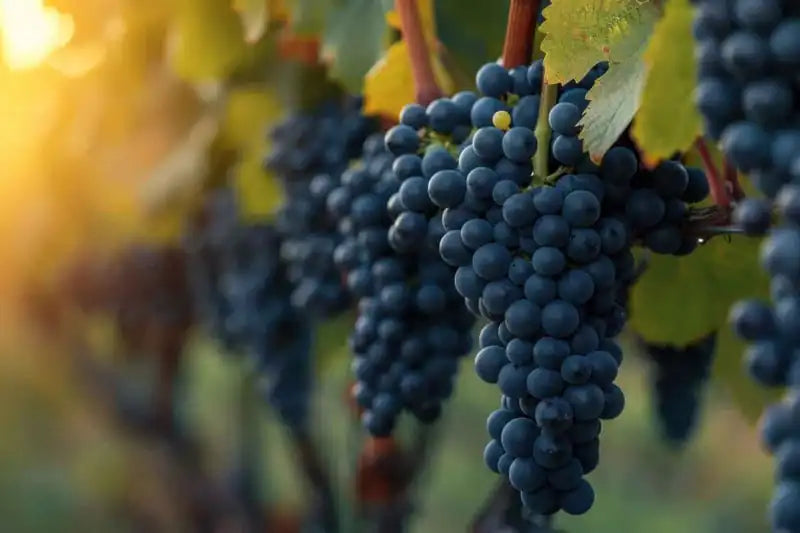TN Nursery has a rich selection of edible plants. Experience the pride and satisfaction of growing your harvestable fruit, which you can enjoy and share with others. Nothing will beat its freshness and flavor, whether you eat it raw or bake it.
Harvest Fruit From Your Back Yard With Our Edible Plants
When we think of picking fruits and edible flowers, we often imagine taking our baskets and entering the fields. However, one space that seems unusual for growing edible plants is your backyard. Gardeners are usually intimidated by the idea of developing their fruit plants and trees in their backyard. Doing so may require some skills, but edible plants native to your region are usually easy to grow and care for.
Let’s agree there is nothing quite convenient and joyful than stepping into your backyard and picking fruits, vegetables, and herbs. So, if you are passionate about growing your fruits and vegetables, buy edible plants online to grow them right in your backyard and enjoy them as fresh as they can get.
Featured Edible Plants
When choosing the best plants, TN Nursery features some of the most popular edible plants for sale. From our collection, make sure to buy edible plants native to your region. They are well-adapted to local climate conditions, making them easier to grow.
Wild Strawberry plants are among the most sought-after edible plants for growing in your garden. They grow sweet, small, and red berries that are a great source of daily fiber and potassium, making them a perfect addition to your garden.
Plum Fruit Trees are another popular choice for your backyard garden. This tree is versatile, easy to grow, and bears delicious plums. Plus, it attracts different pollinators, promoting biodiversity.
Enjoy Grapes With Our Edible Plants
Grape Vine is a classic addition to any garden if you want more vertical planting options. This plant blooms beautiful fragrant flowers that attract pollinators to your garden. You can choose from Concord, Niagara, Fredonia, or Catawba to grow and enjoy sweet, juicy grapes.
TN Nursery also has a range of other edible plants that are effortless to develop and care for. Check out our complete collection to pick plants native to your region.



















